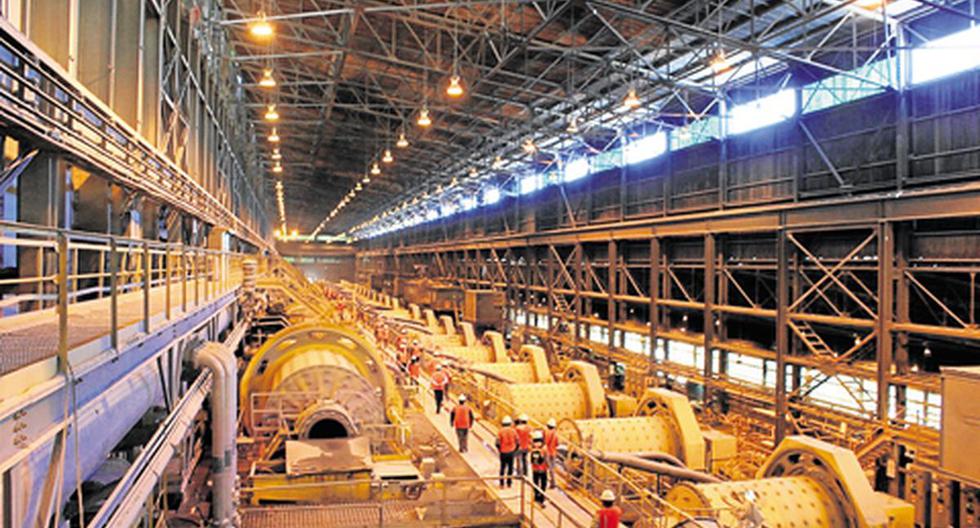Peru, in the global context, continues to be positioned as the second largest producer of copper of the planet, only behind Chile. In 2022, the country produced 2.4 million metric tons of copper in mines (11% of the world’s estimated mine production), which represents a growth of 4.8% compared to 2021.
This growth occurred in the midst of the stoppages that were registered in some mining companies due to roadblocks.
However, in Peru, most of the copper is produced in the southern part of the country, where the largest number of protests against the Government and Congress have been registered. Copper production there (Ica, Arequipa, Moquegua, Tacna, Ayacucho, Apurímac, Puno, Cusco) represents 65.2% of the country’s total production.
For Omar Avellaneda, Prima AFP Investment Associate, this year we can see the copper market at production and demand levels very similar to those of a balanced market; however, it is important to note if the protests continue.
LOOK: Protests in Peru: US$600 million will be lost due to the lower arrival of international tourists
“If there are persistent protests and further disruption to the country’s copper production, this could lead to a shift to a deficit market. And it is important to mention this because in other parts of the planet there are also disruptions, not necessarily due to protests, but due to lower ore grades, technical problems, and greater complexity of mining operations.”, he asserts.
According to Avellaneda, an average copper price of US$8,500 per metric ton (US$3.86 per pound) is expected for the year 2023.”However, if the copper production situation in the mine becomes difficult, the copper price could be consistently above US$9,000 (USD4.08 per pound).”, he highlights.
According to a specialist, social protests mean a “material impact for the country, due to lower income from taxes and from the local goods and services demanded by these operations”.
“Taking into account that we are the second largest copper producer, there is an impact on the physical market and on the price of copper. As long as these developments are not resolved, this will create a world copper market with less copper supply and, therefore, will increase the price of copper.”, he concludes.















